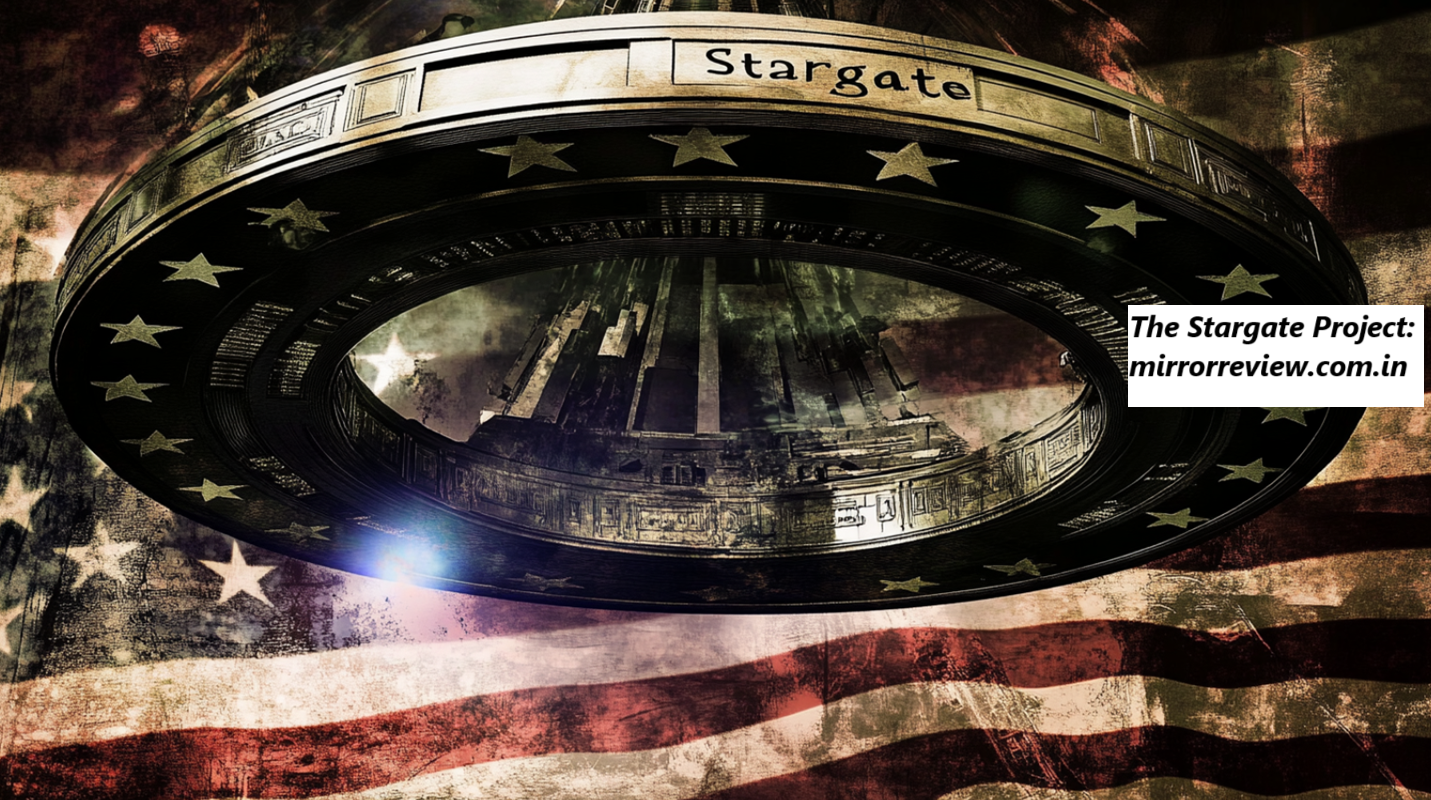
The Stargate Project: Unveiling the Secrets of Psychic Research!
The Stargate Project, a secretive U.S. government program, has long fascinated conspiracy theorists, researchers, and the general public. Conducted during the Cold War era, it aimed to explore the potential of psychic phenomena, particularly remote viewing, for military and intelligence applications. This article delves into the origins, methods, and eventual demise of the Stargate Project, shedding light on one of the most intriguing chapters in the history of intelligence gathering.
The Genesis of the Stargate Project
The roots of the Stargate Project trace back to the early 1970s, during a time when the U.S. government was keenly aware of Soviet advancements in psychic research. Reports indicated that the Soviets were investing heavily in studying parapsychology, which included phenomena such as telepathy, psychokinesis, and clairvoyance. Concerned about falling behind in what could be a new frontier of intelligence gathering, the U.S. decided to initiate its own investigations.
In 1972, the Stanford Research Institute (SRI) in Menlo Park, California, began receiving funding from the CIA to conduct experiments in remote viewing—a practice where individuals claimed to visualize locations, objects, or events beyond their physical senses. Physicists Harold Puthoff and Russell Targ spearheaded the research, employing individuals who demonstrated psychic abilities, such as Ingo Swann and Pat Price.
The project underwent several name changes over the years, including Gondola Wish, Grill Flame, and Center Lane, before finally being consolidated under the Defense Intelligence Agency (DIA) as the Stargate Project in 1991.
Exploring Remote Viewing
Remote viewing became the cornerstone of the Stargate Project. The practice involves a person, known as the viewer, attempting to describe a target location or object—often concealed and located far away—based solely on mental impressions. These sessions were conducted under controlled conditions to minimize biases and external influences.
One of the most famous remote viewers, Ingo Swann, developed a structured methodology for remote viewing, known as “coordinate remote viewing” (CRV). This method provided a systematic approach for obtaining information about a target using coordinates or other identifying markers.
Examples of remote viewing experiments include descriptions of Soviet military installations and hidden objects. While some results appeared remarkably accurate, skeptics often attributed these successes to chance, generalizations, or the subconscious incorporation of known information.
Notable Experiments and Success Stories
Over the years, several high-profile cases and experiments were associated with the Stargate Project. One such instance involved Pat Price, a former police officer turned psychic, who reportedly provided detailed sketches of a Soviet weapons factory that intelligence sources later corroborated.
Another notable case was Ingo Swann’s remote viewing of Jupiter in 1973, conducted before NASA’s Pioneer 10 spacecraft reached the planet. Swann accurately described features such as Jupiter’s rings, which were later confirmed by scientific observations.
Despite these apparent successes, the project’s results were often inconsistent. Critics argued that the successes could not be reliably replicated, and the methodology lacked scientific rigor.
Challenges and Criticism
From its inception, the Stargate Project faced skepticism from both within and outside the intelligence community. Critics raised concerns about the scientific validity of remote viewing and the lack of empirical evidence to support its claims. The highly subjective nature of psychic phenomena made it difficult to establish definitive proof.
Additionally, the project’s reliance on anecdotal evidence and the occasional sensationalist claims of participants further undermined its credibility. High-ranking officials and scientists often dismissed the project as pseudoscience, viewing it as a waste of government resources.
The Decline and Termination of the Stargate Project
By the early 1990s, the Stargate Project had become increasingly scrutinized. In 1995, the CIA commissioned the American Institutes for Research (AIR) to evaluate the program’s effectiveness. The resulting report concluded that, while there were some statistically significant findings, remote viewing did not produce actionable intelligence. The AIR recommended terminating the program.
Following the report, the Stargate Project was officially shut down in 1995. The government declassified many of its documents, making them accessible to the public. These documents revealed the extensive efforts and resources devoted to exploring psychic phenomena, as well as the program’s limitations and failures.
Legacy and Cultural Impact
Despite its termination, the Stargate Project remains a subject of fascination and debate. It has inspired numerous books, documentaries, and fictional works, such as the movie The Men Who Stare at Goats, which humorously depicted aspects of the program.
Proponents of psychic phenomena view the Stargate Project as evidence of untapped human potential, while skeptics see it as a cautionary tale about the dangers of investing in pseudoscience. The program’s declassified files continue to be analyzed by researchers and enthusiasts, fueling ongoing discussions about the validity of remote viewing and other psychic abilities.
Conclusion
The Stargate Project stands as a testament to the lengths governments will go to explore unconventional methods of intelligence gathering. While its findings remain controversial, the project underscores the enduring human fascination with the unknown and the potential capabilities of the mind. Whether viewed as a scientific endeavor or a quixotic pursuit, the Stargate Project occupies a unique place in the annals of Cold War history, reminding us of the era’s profound mix of innovation, curiosity, and paranoia.